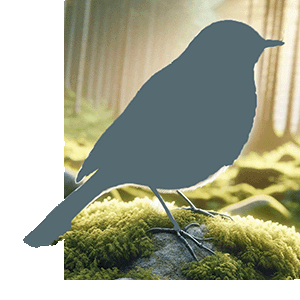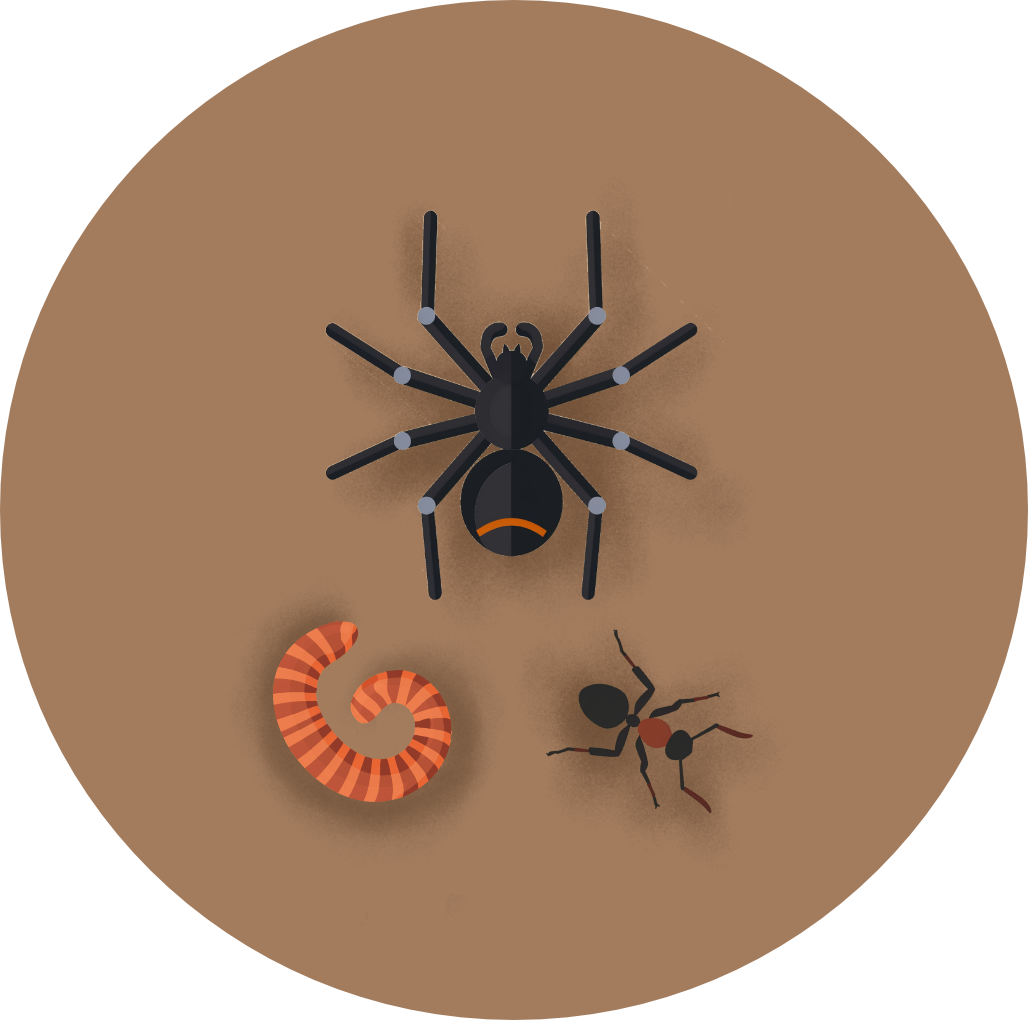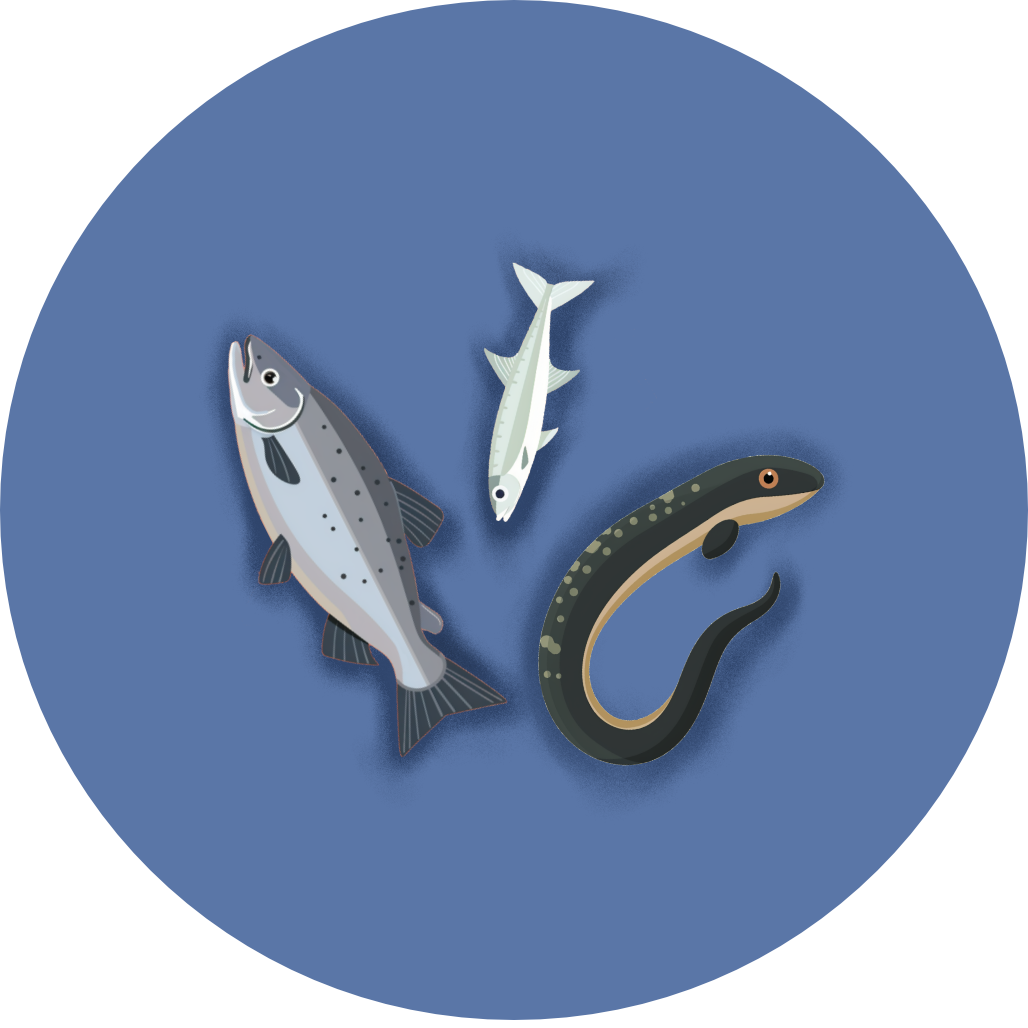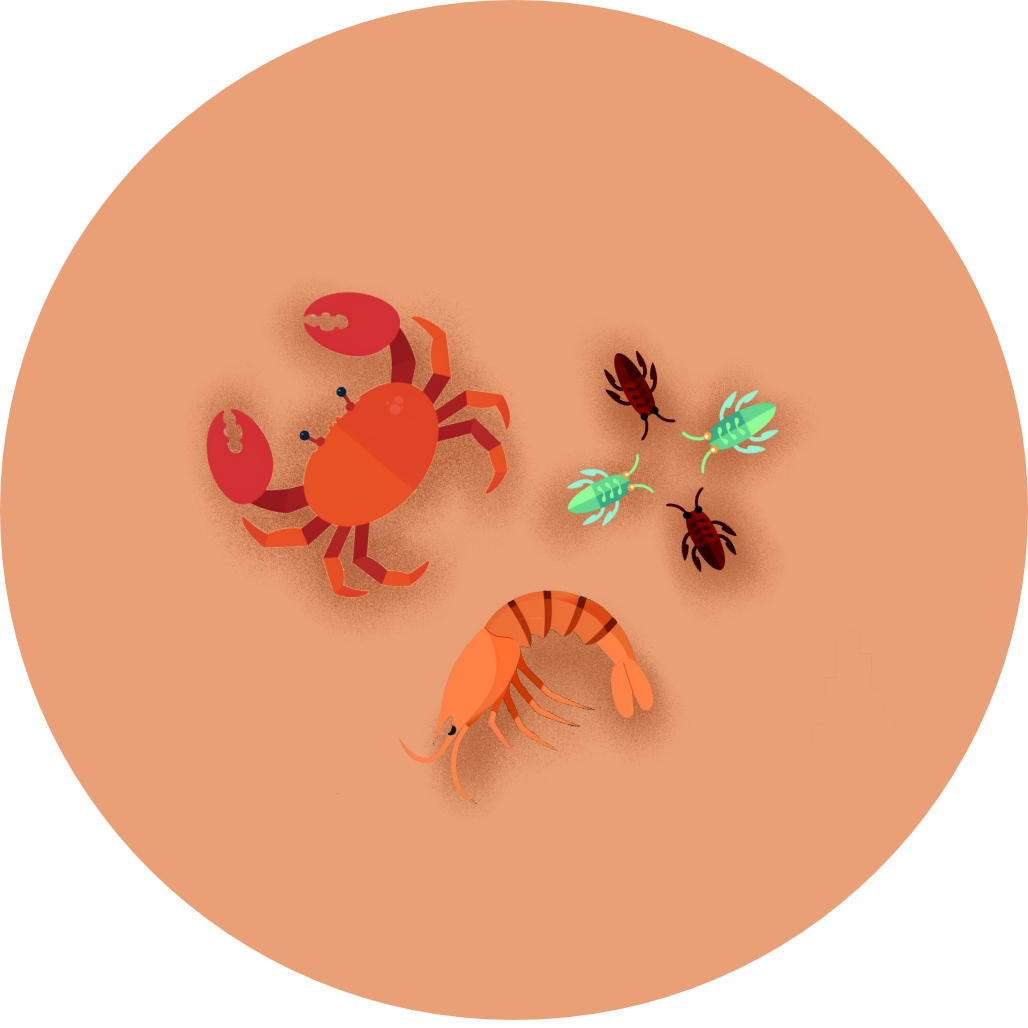
New Zealand Grebe
Poliocephalus rufopectus
Also known as: Weweia, New Zealand Dabchick


Poliocephalus rufopectus
Also known as: Weweia, New Zealand Dabchick

The New Zealand grebe, or Weweia, is a charming native waterbird found only in New Zealand. This small, dark-feathered diver with a pointed bill is a master of freshwater habitats. About the size of a small duck, it's a treat for birdwatchers exploring our lakes and ponds.
1. Dark plumage with a small black head featuring fine silver feathers
2. Characteristic yellow eyes that stand out against its dark colouring
3. Often seen diving frequently, disappearing and reappearing on the water's surface
Weweia are year-round breeders, typically laying 2-3 eggs in floating nests anchored to aquatic plants. Both parents share incubation duties for about three weeks. Chicks can swim immediately after hatching and often hitch rides on their parents' backs, creating an endearing sight for observers.
Look for New Zealand grebes on shallow freshwater lakes, ponds, and sheltered inlets across the North Island. They're most active during daylight hours, so midday visits to places like the Rotorua Lakes or Northland's coastal lakes are ideal. Keep your eyes peeled for small, dark birds repeatedly diving beneath the surface. A helpful tip: scan the water's edge for movement, as they often stick close to shoreline vegetation.
Known to Māori as Weweia, this endemic bird has long been part of New Zealand's ecosystem. Once found throughout the country, it faced a mysterious decline in the South Island during the 19th century. Today, it's making a gradual comeback, symbolising the resilience of our native wildlife.
30 cm
250 g





Coming Soon!
Top birding locations will be available in a future update.